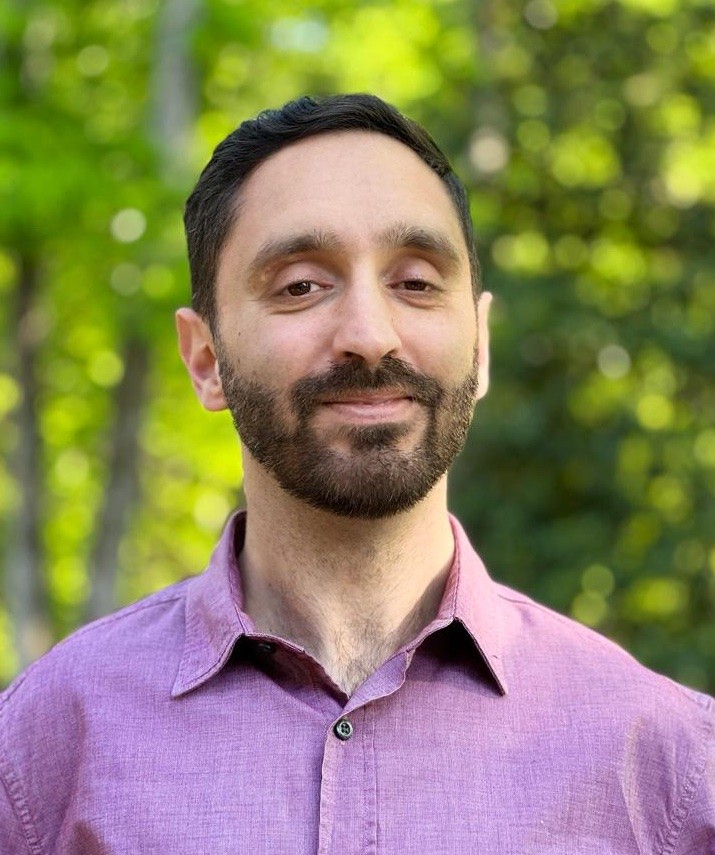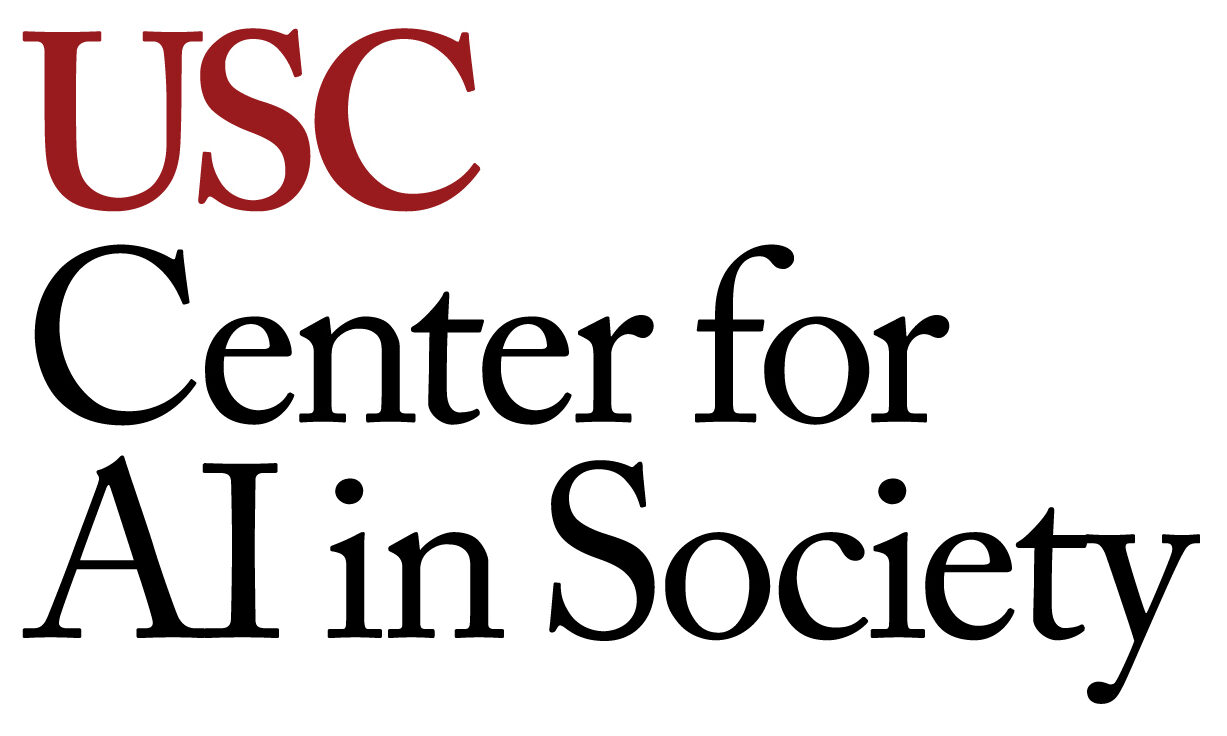
Shaddy Saba, Ph.D. candidate at the USC Suzanne Dworak-Peck School of Social Work
Introducing Shaddy Saba, a Ph.D. graduate at the USC Suzanne Dworak-Peck School of Social Work, whose research explores the relationship between physical pain and behavioral health issues, particularly among marginalized communities like military veterans and trauma survivors. With a background in behavioral health clinical practice, Shaddy’s academic journey at USC has been marked by interdisciplinary collaborations and leadership roles within the USC Center for AI in Society (CAIS). As Shaddy prepares to defend his doctoral dissertation this June, he reflects on his transformative experiences at USC, the role of CAIS in shaping his scholarly pursuits, and his exciting plans for the future as an Assistant Professor at the NYU Silver School of Social Work. Join us as we delve into Shaddy’s inspiring story of innovation, collaboration, and the pursuit of social equity through the fusion of social work and artificial intelligence.
1. Tell us a little about yourself.
I am defending my doctoral dissertation at the USC Suzanne Dworak-Peck School of Social Work this June. My research focuses on the intersection between physical pain and behavioral health problems, particularly among vulnerable populations including military veterans and young people who have experienced trauma. I have also previously worked as a behavioral health clinician treating mental health, substance use, and chronic pain, and this experience informs my research.
2. What factors influenced your decision to pursue your Ph.D. at USC?
I was especially drawn to the work of my primary mentors at the School of Social Work, Drs. Jordan Davis and Carl Castro, given their expertise in behavioral health among vulnerable populations, interventions, and innovative research methods. The interdisciplinary environment at the School of Social Work and at USC more broadly was also compelling, and I was excited to move back to sunny Southern California after being away for some time.
3. What were some of your highlights at USC?
Collaborating with smart people from diverse intellectual and personal backgrounds. I also have had so many great training opportunities, including in statistical, data science, and qualitative methods, and in designing and studying digital behavioral health interventions for vulnerable populations. Being closely involved with CAIS has also definitely been a highlight!
4. Tell us about why you decided to get involved in CAIS and your experience as a student leader.
CAIS is such a great example of how interdisciplinary collaboration can push forward knowledge and help identify new solutions to challenging social welfare problems. I have always been fascinated by technology and as a social worker I am especially excited about how innovations in tech, data, and AI can help promote behavioral health and well-being. Becoming involved with CAIS has allowed me to work closely with leaders in this space, contribute to exciting projects and conversations, and learn concrete ways I can use these methods in my own work.
5. What specific projects or initiatives within CAIS have you been involved in, and how have they impacted your understanding of the intersection between social work and artificial intelligence?
I have been able to collaborate with social work and engineering faculty on machine learning projects that leverage diverse data sources to predict behavioral health outcomes. Especially exciting has been a project of Drs. Jordan Davis and Bistra Dilkina using mobile and wearable device data to predict escalations in PTSD symptoms among veterans. I am using data from this project for my dissertation focusing on pain in this population, and this has enabled me to gain experience applying machine learning methods myself. As a CAIS student leader, I have worked to promote intellectual and social engagement among social work and engineering colleagues by helping organize symposiums, talks, and social activities. Seeing the breadth of work and the pace of innovation in this space has been really exciting.
6. As a doctoral researcher, how did your experience at CAIS contribute to making your time at USC memorable?
CAIS has given me exposure to so many interesting projects and researchers both within and outside of my specific research area. This has pushed my scientific thinking forward immensely in terms of appreciating the value of interdisciplinary research and being able to think more broadly about use cases for data science and AI. I have also just really enjoyed learning about other people’s work in this space, since it is so often fascinating and of high practical significance.
7. Tell us about your plans for the future.
I am excited to be joining the NYU Silver School of Social Work as an Assistant Professor this coming Fall. I was hired as part of a university-wide initiative to build expertise in equity and data science, so I know my experience with CAIS played a huge role in me being offered this position.
8. Given your experience, what advice would you give to current and future Ph.D. students interested in exploring interdisciplinary research and collaboration, especially within fields like social work and AI?
I asked CAIS co-director Dr. Eric Rice this same question when I first started at USC, and he suggested that I just start spending time in shared spaces with engineering colleagues and learning their language. This has been key! For social work students in particular, we might worry that we lack the technical knowledge to make contributions in this space, but the truth is that we bring enormous strengths in leading/collaborating on interdisciplinary teams, domain-specific expertise, and voicing the needs of vulnerable populations. I have found that our engineering colleagues really value these things.



